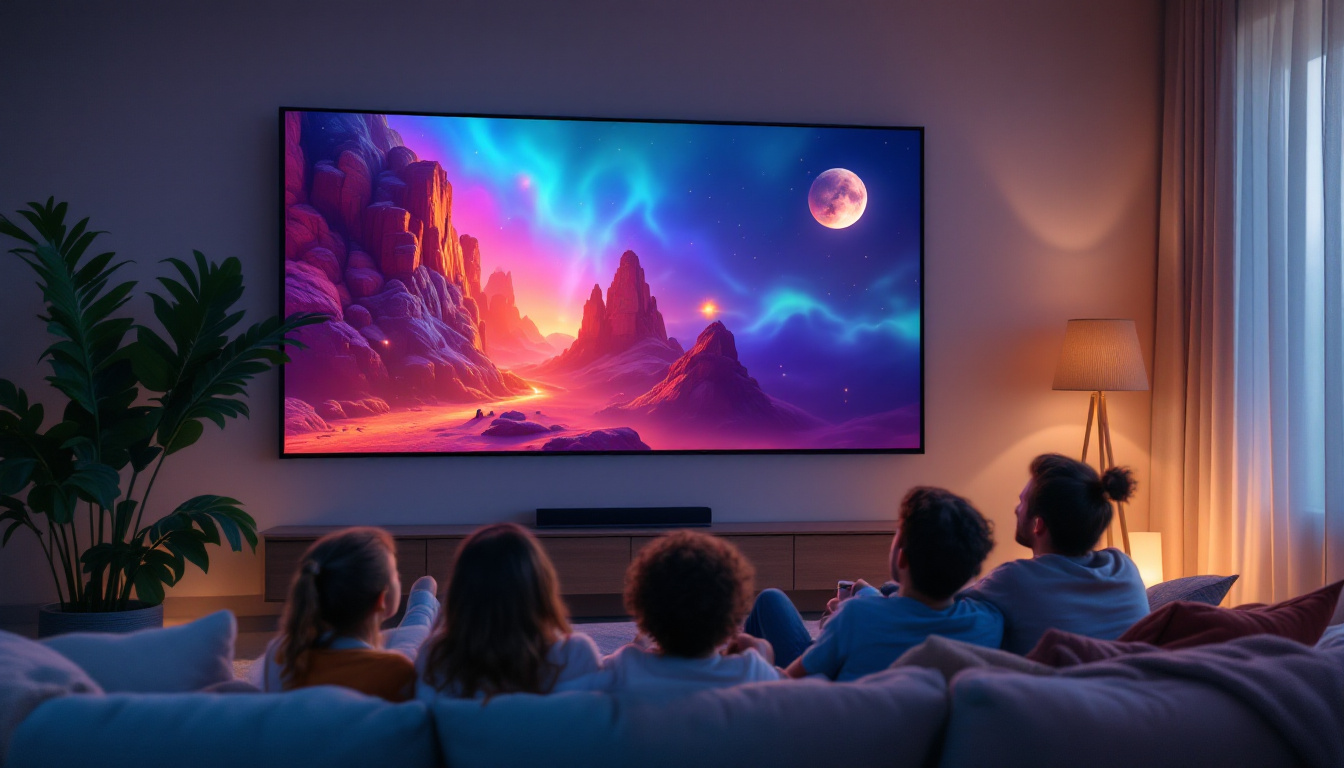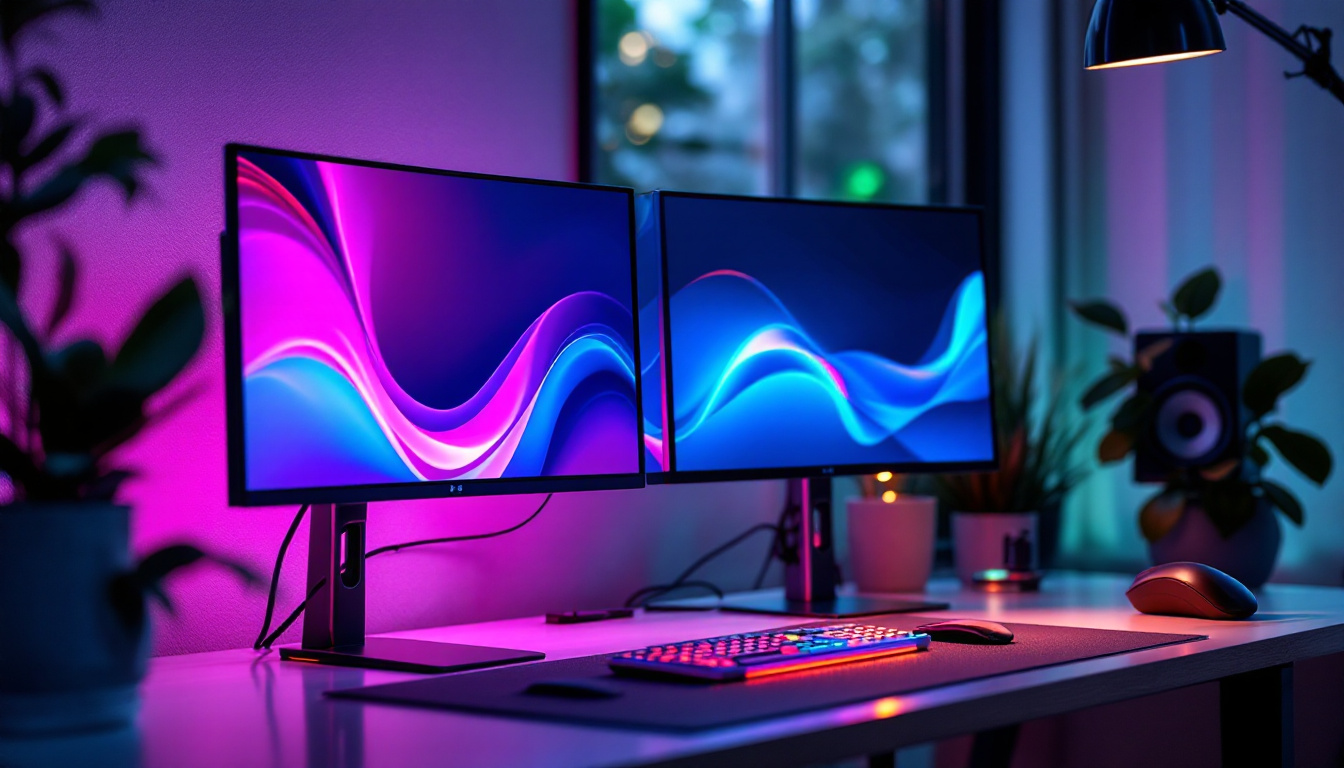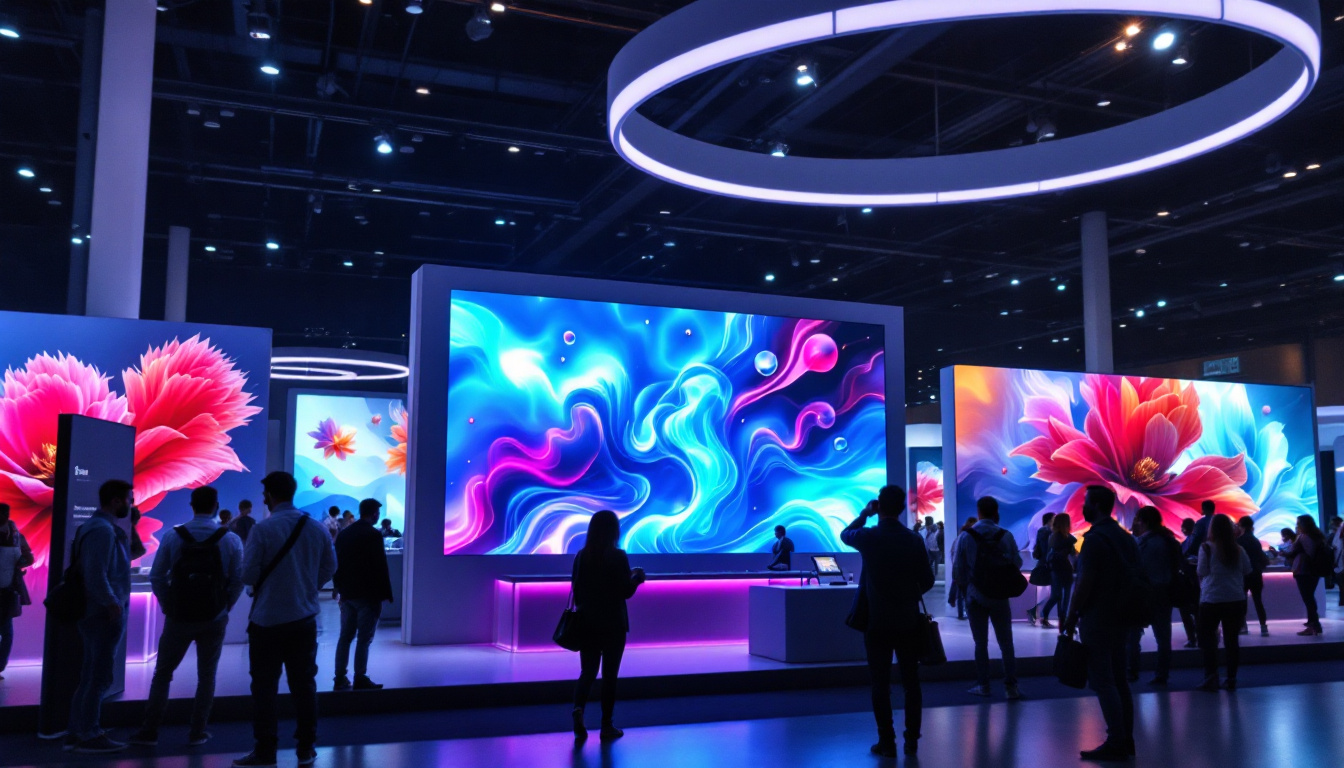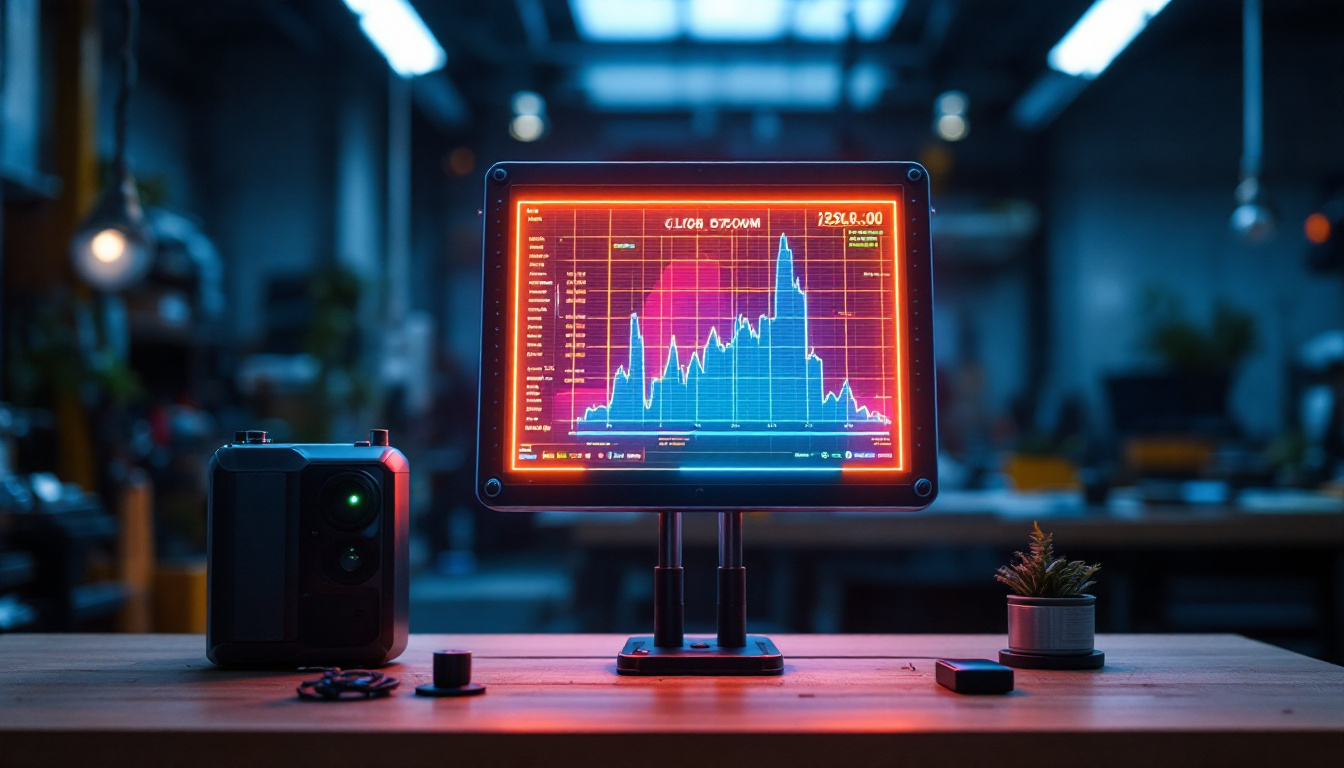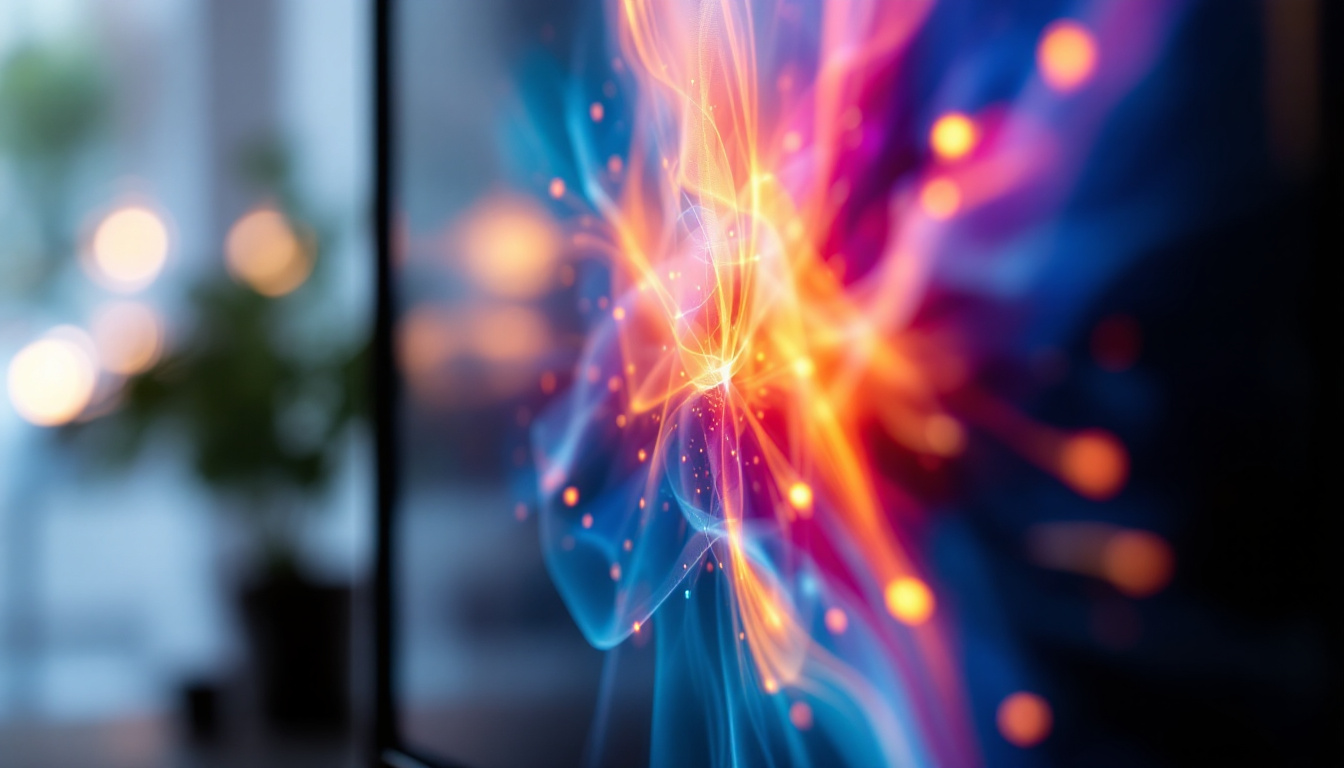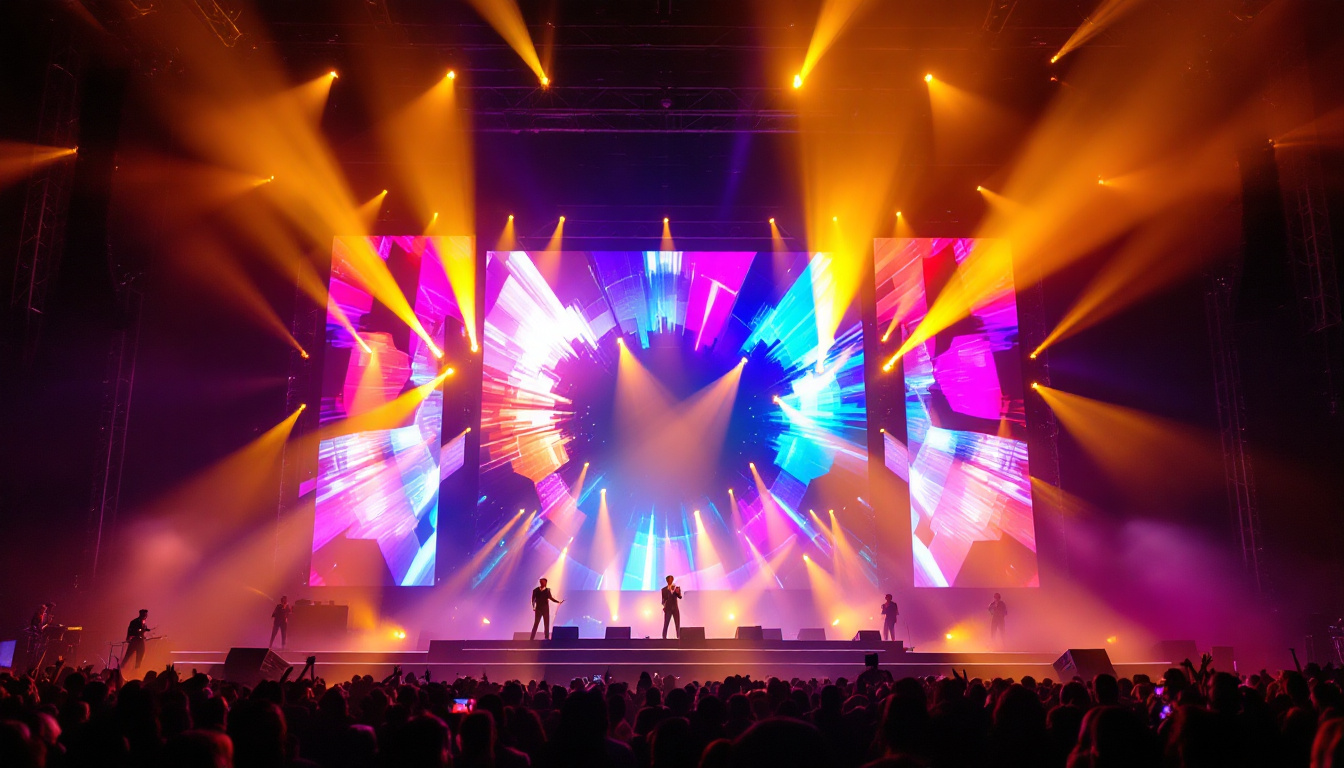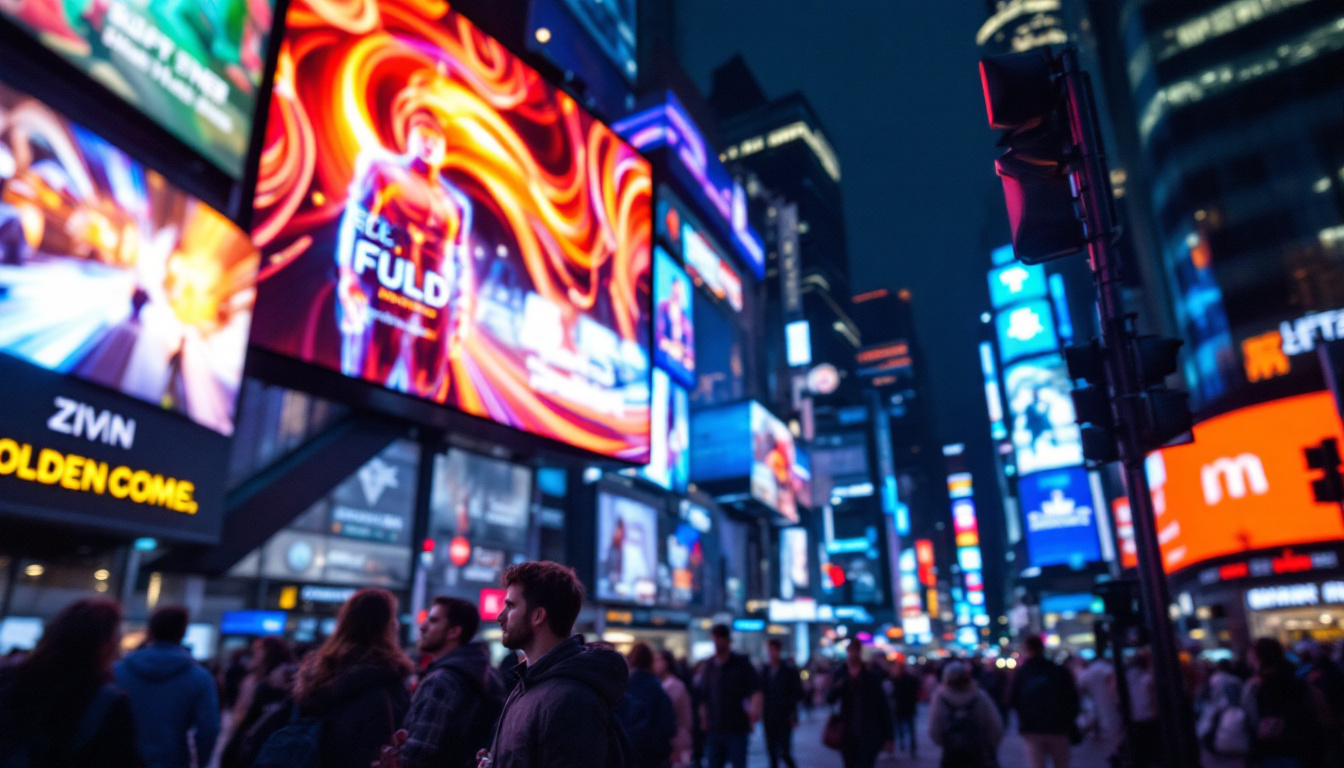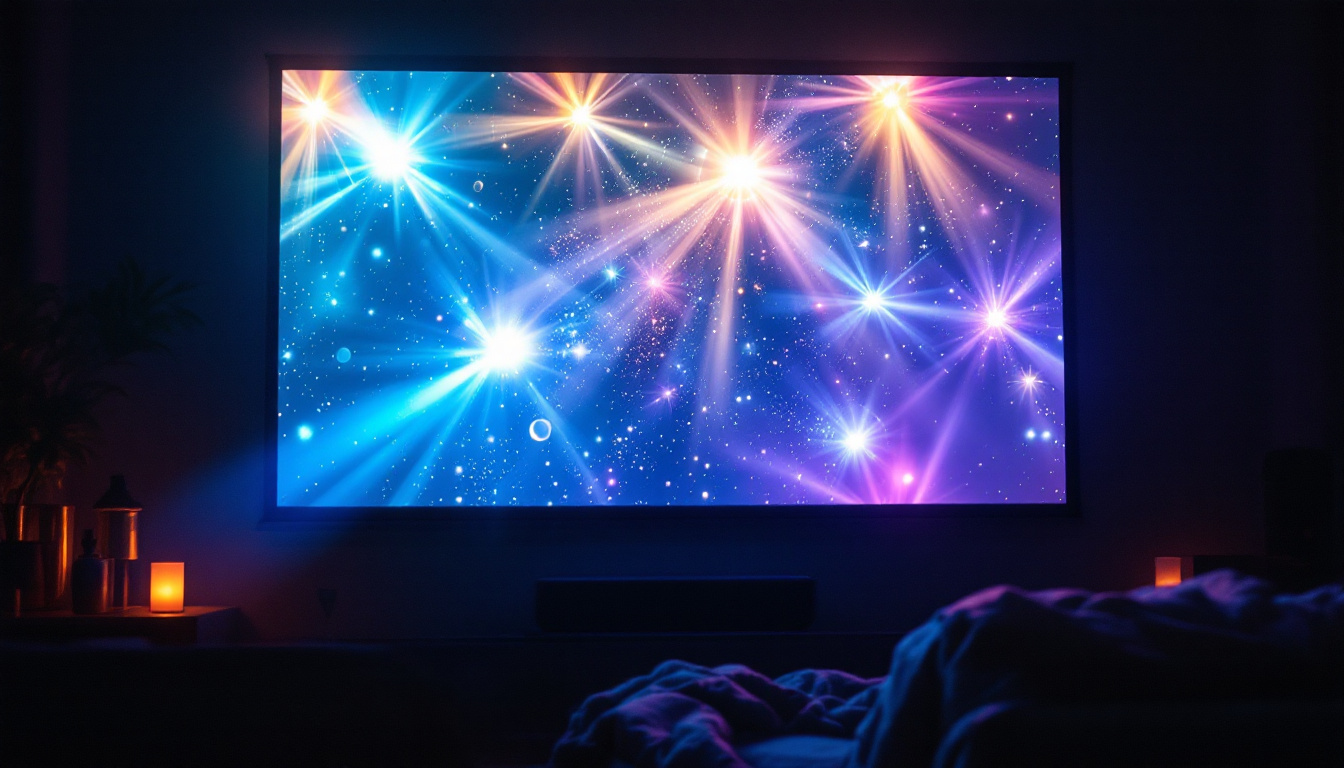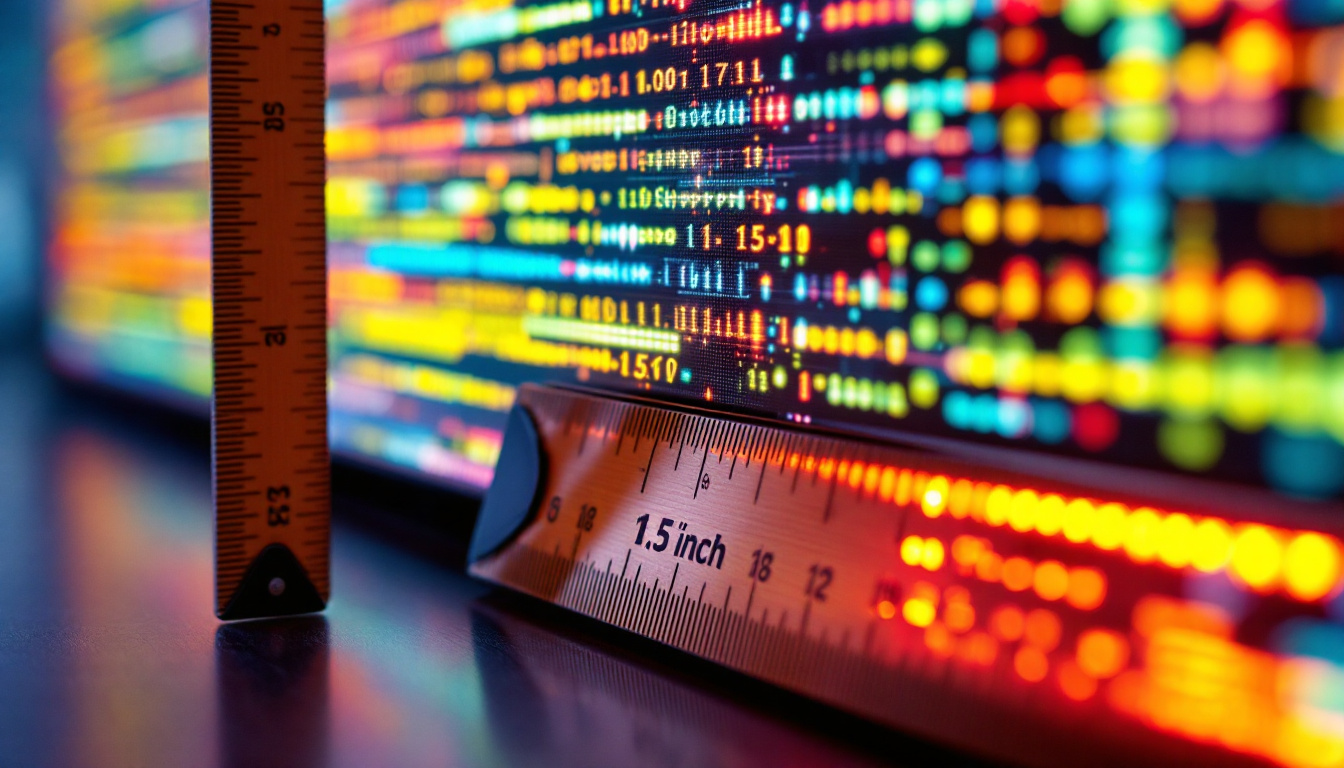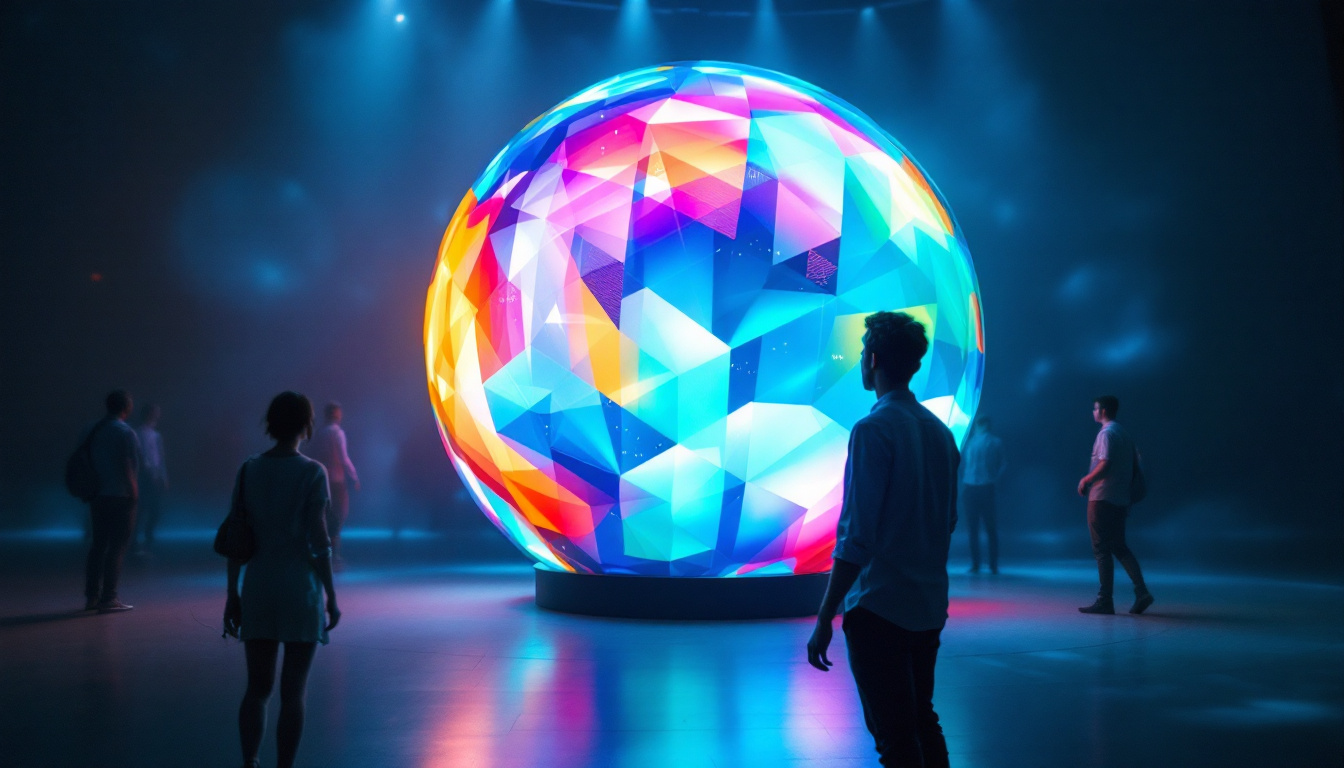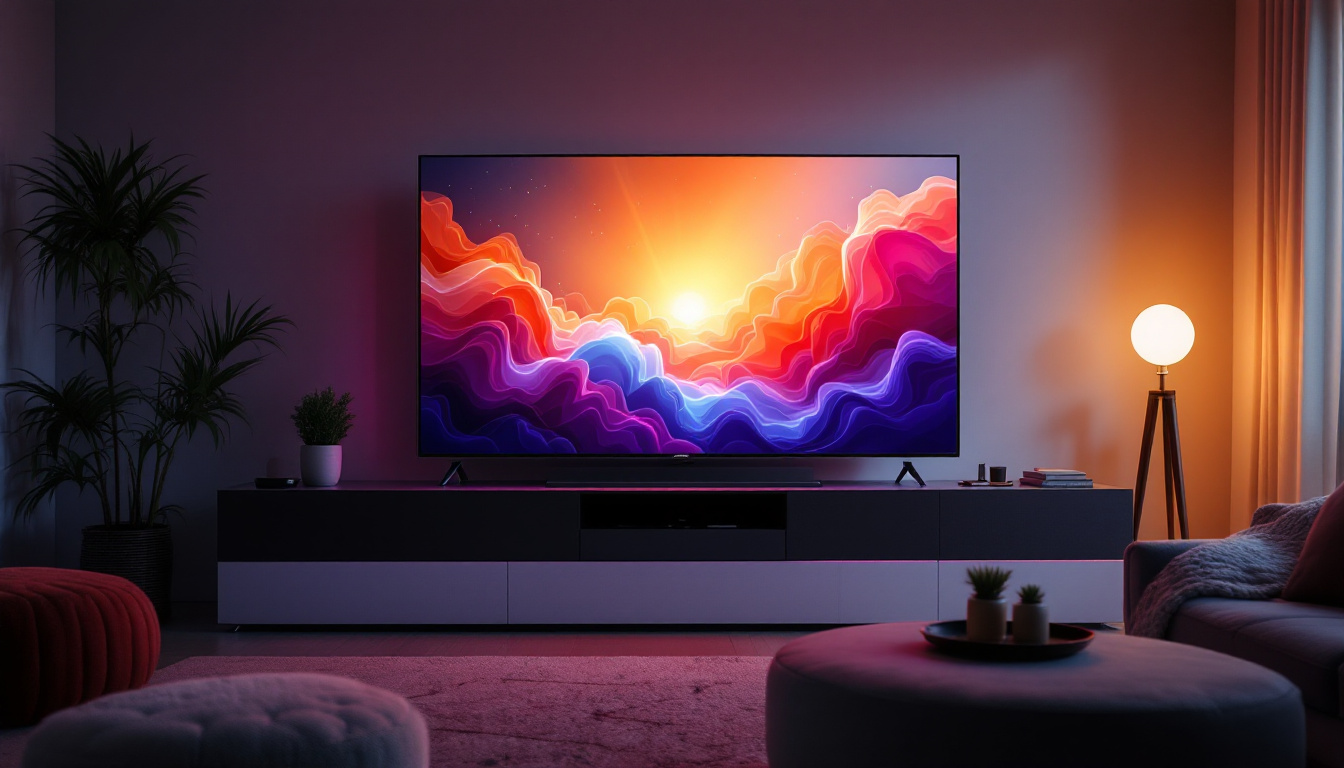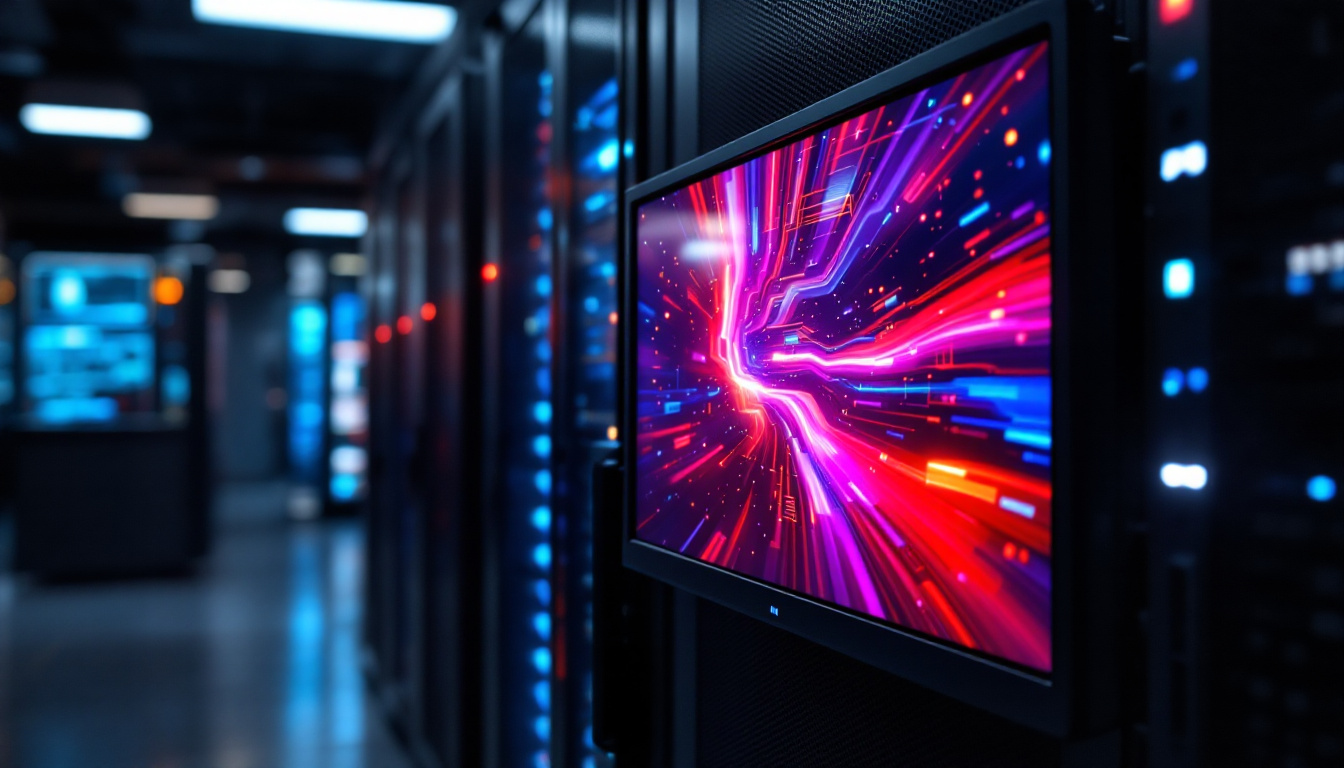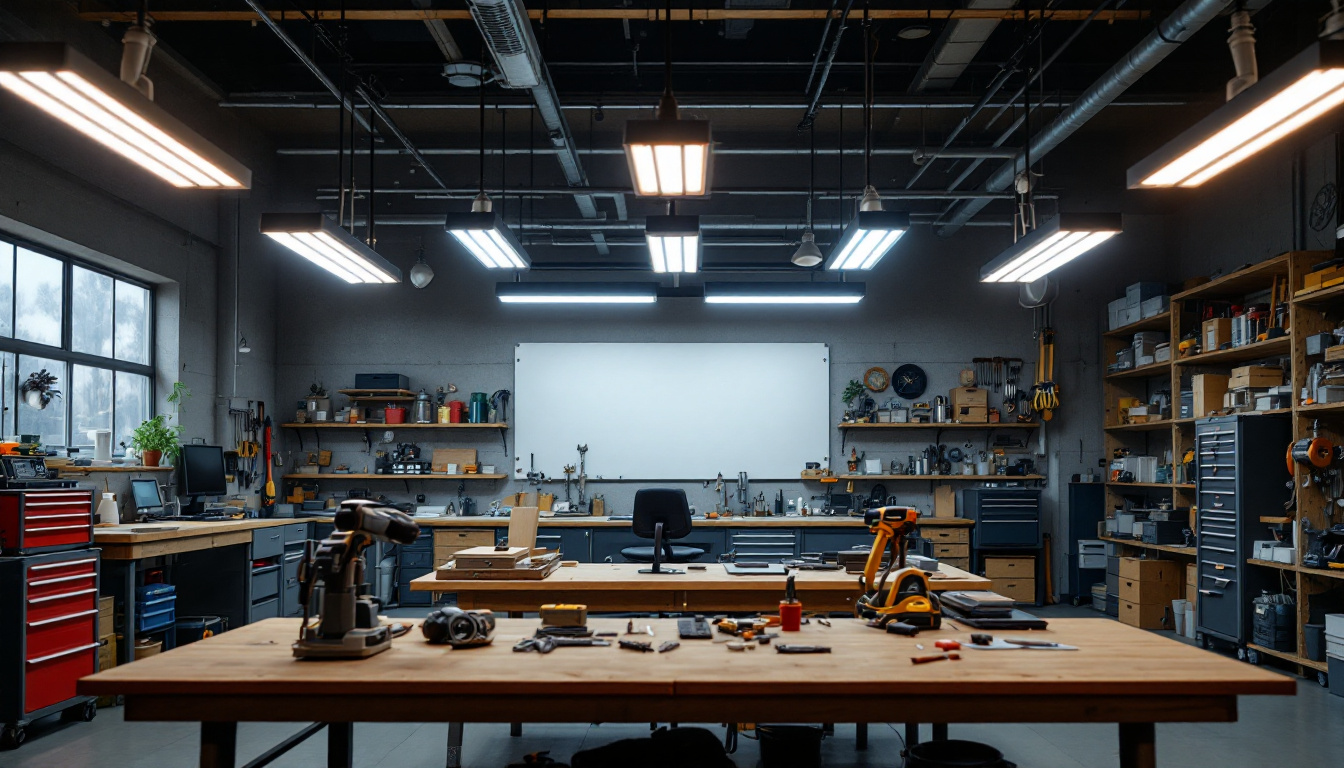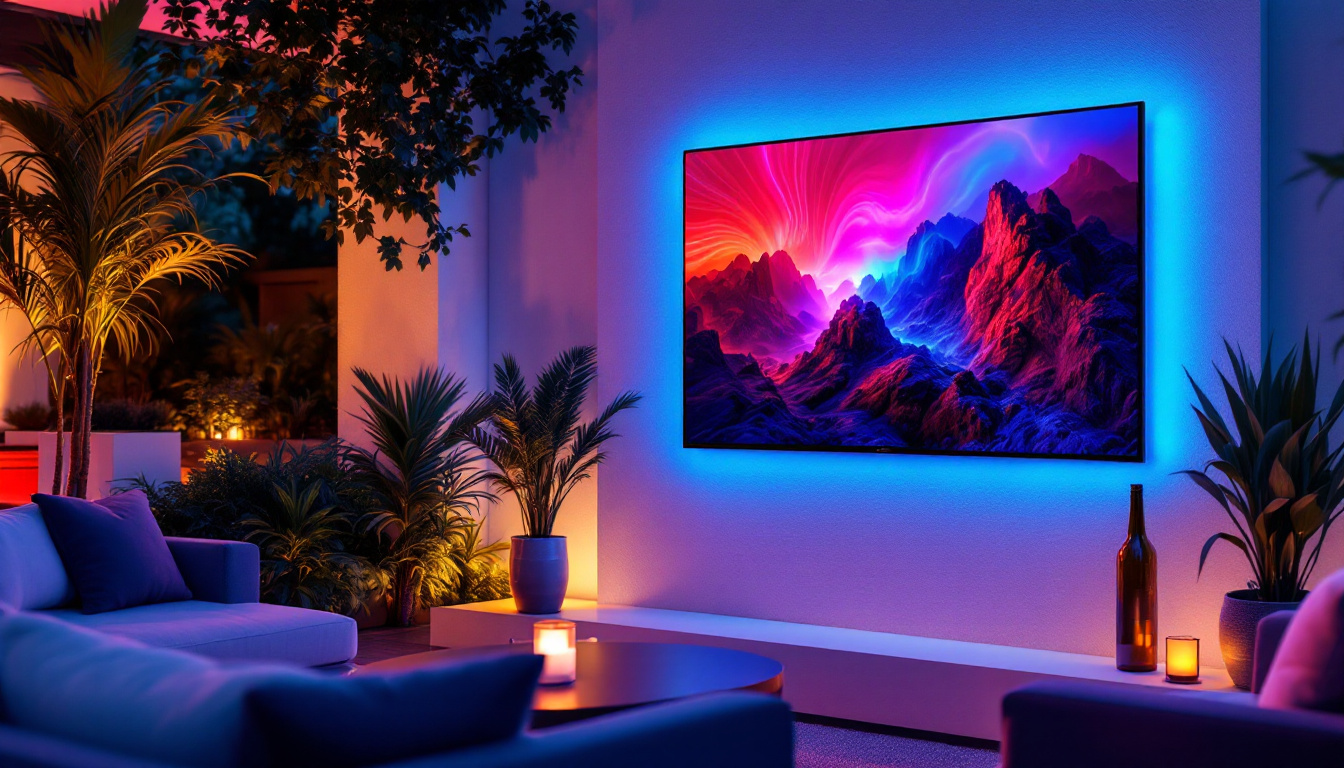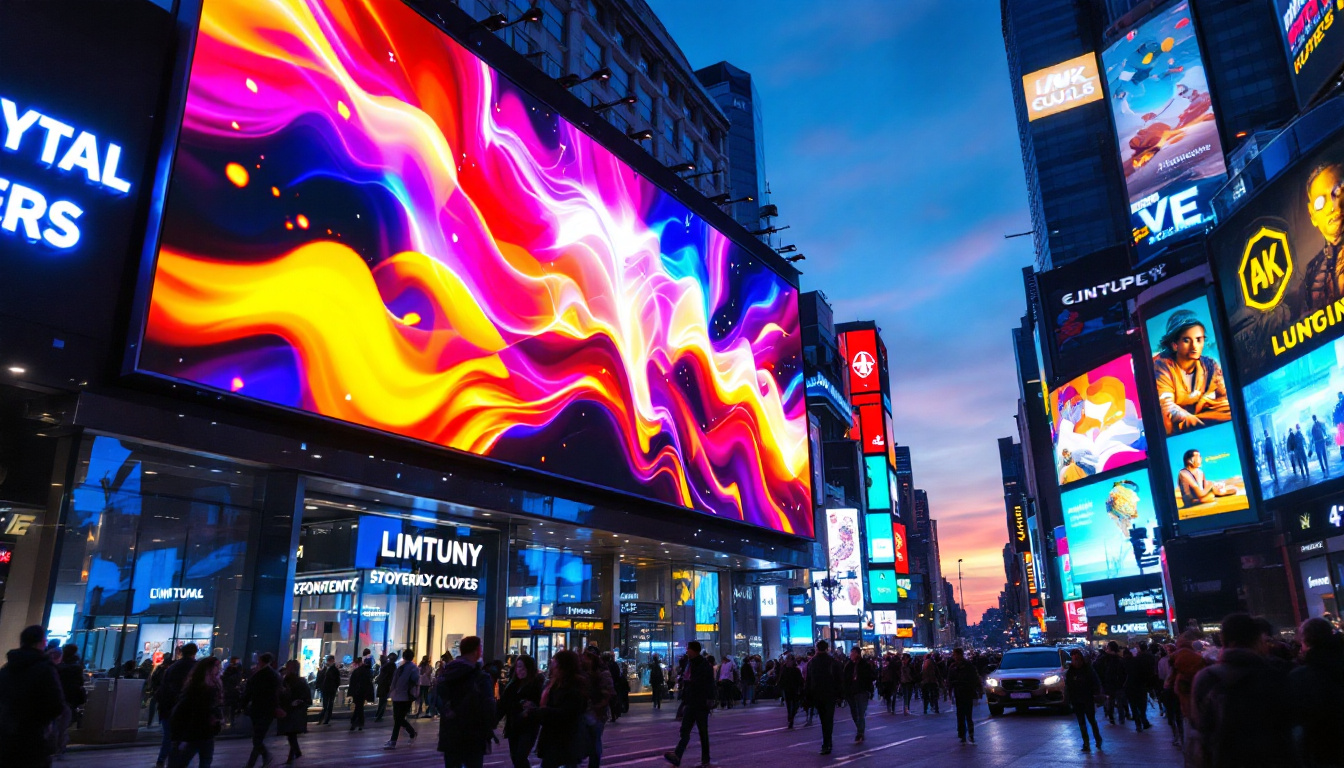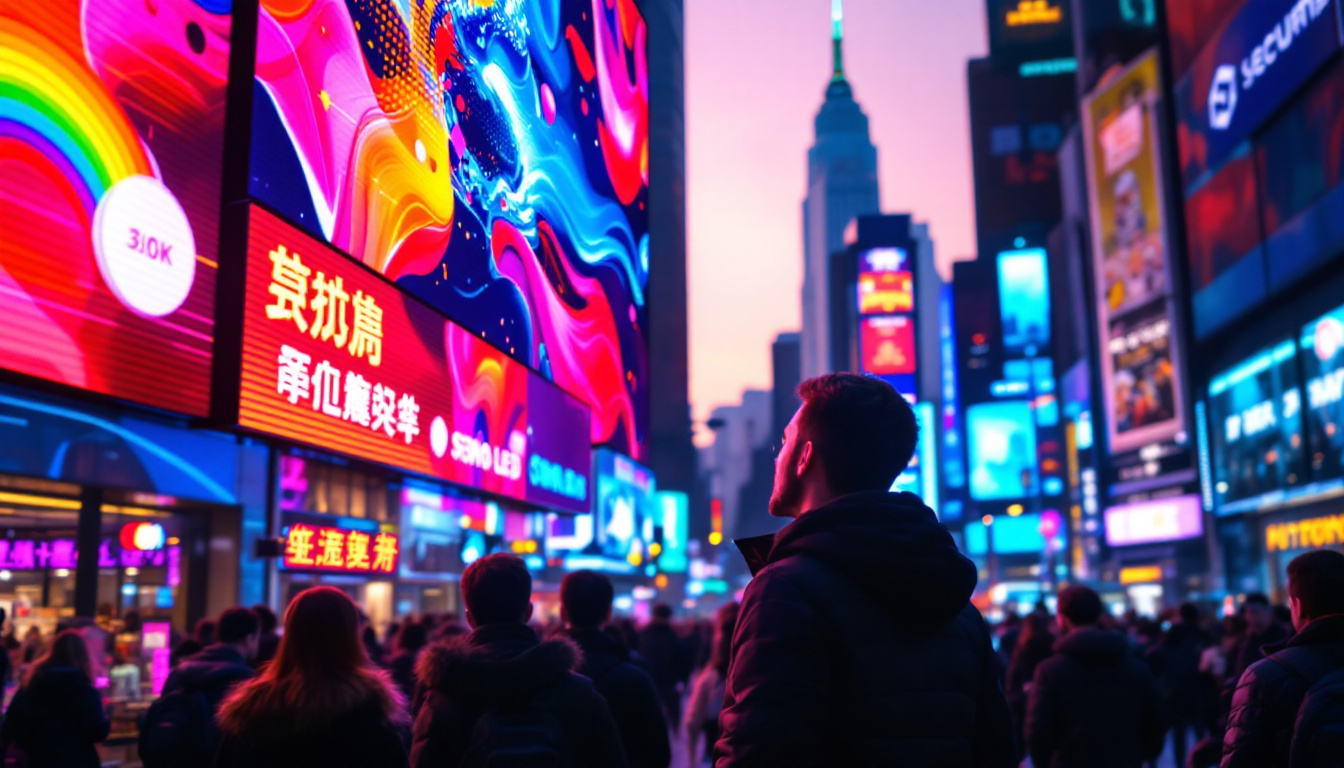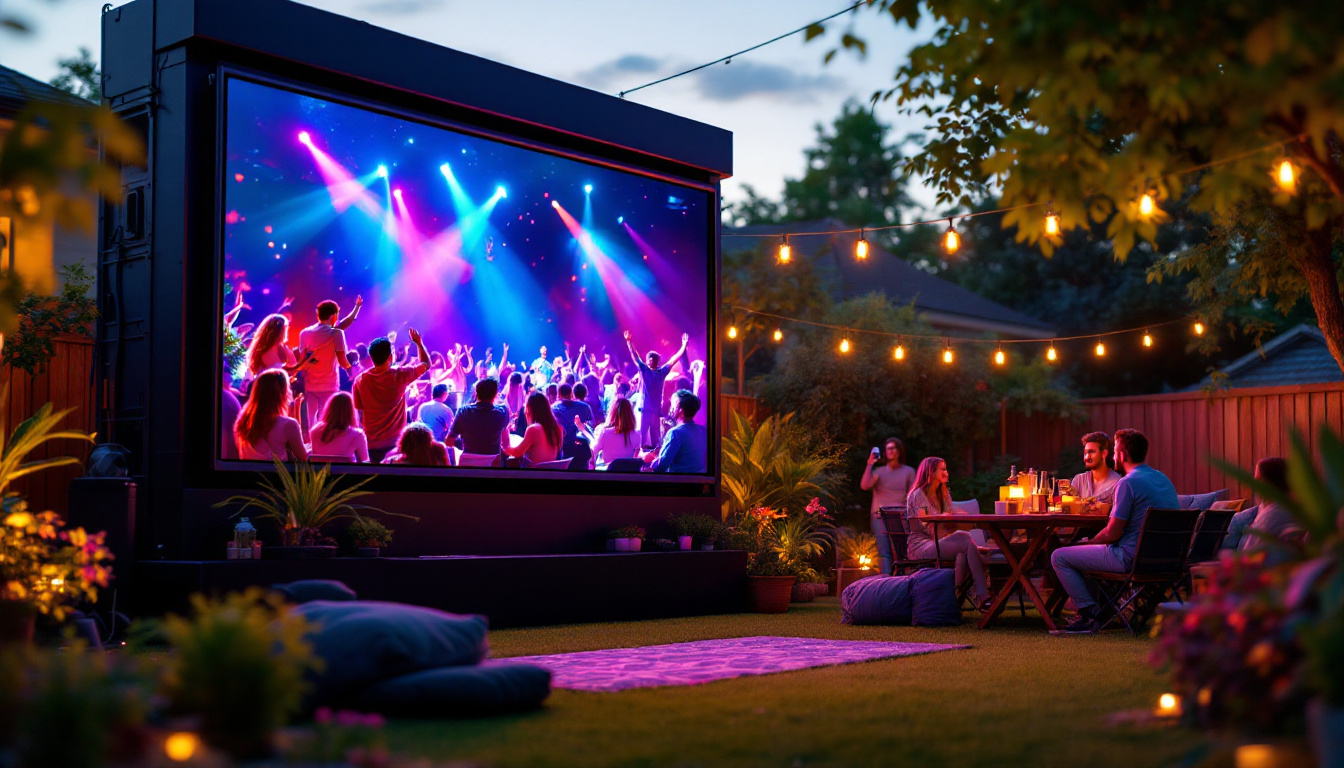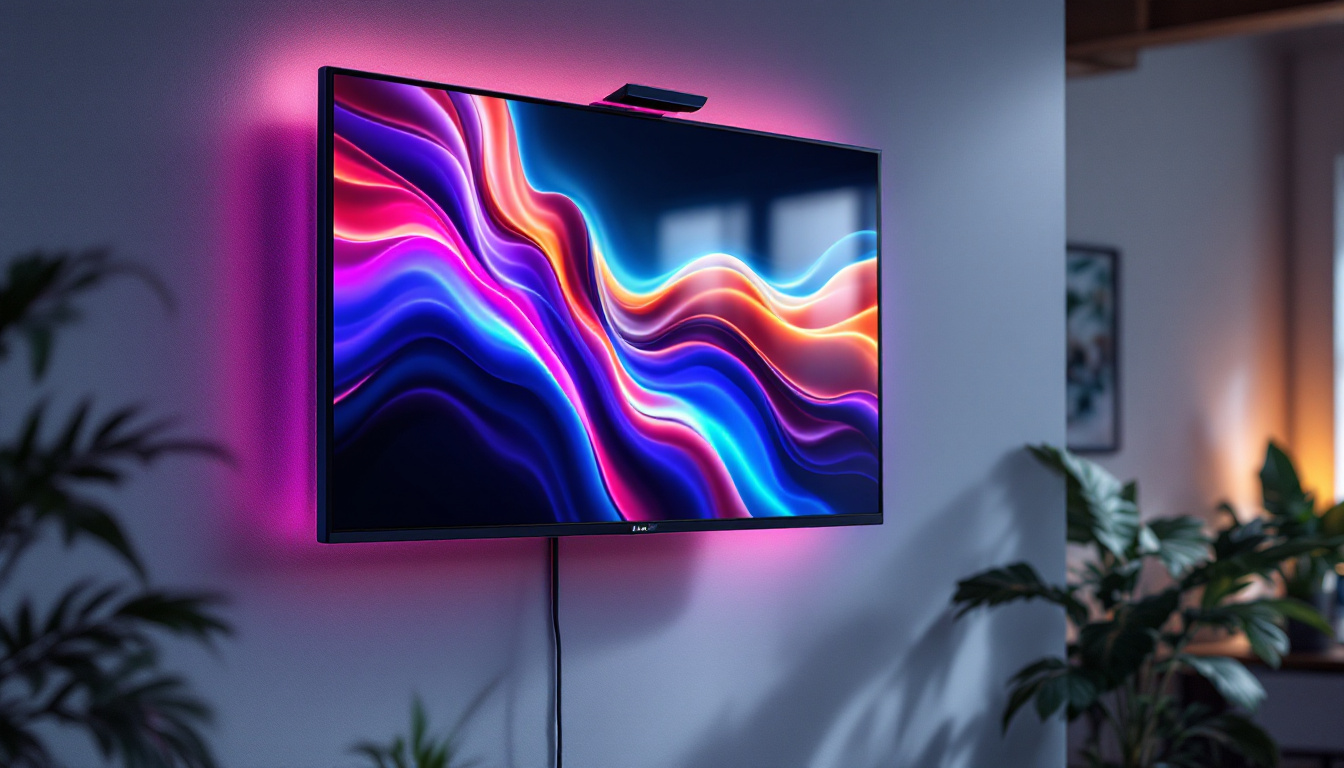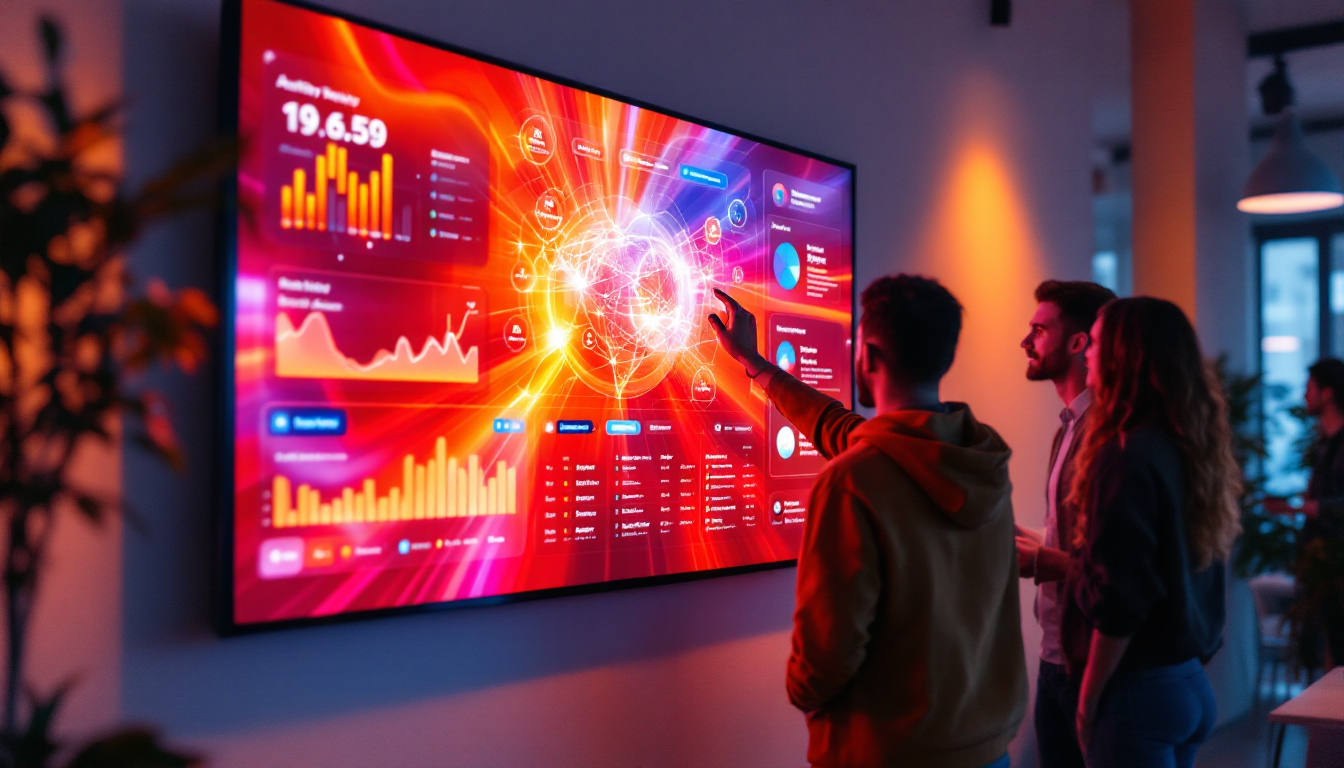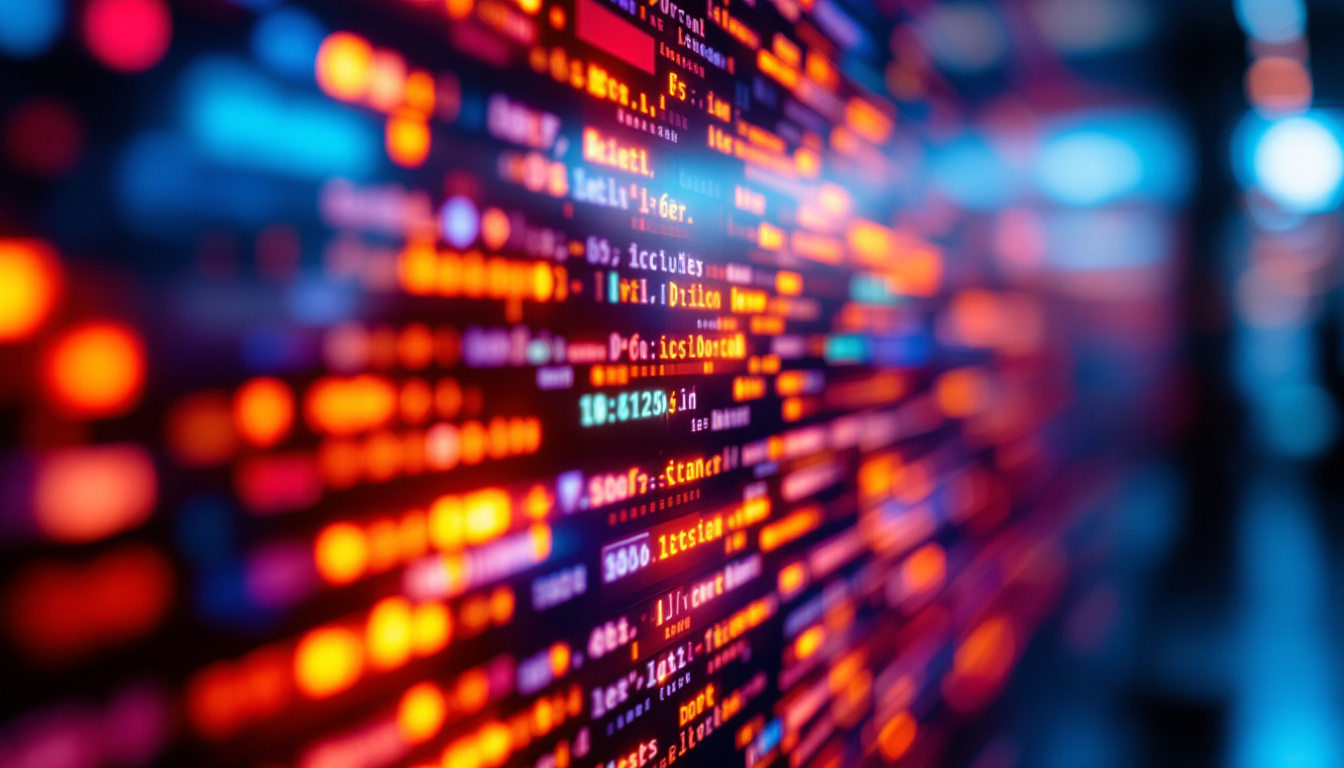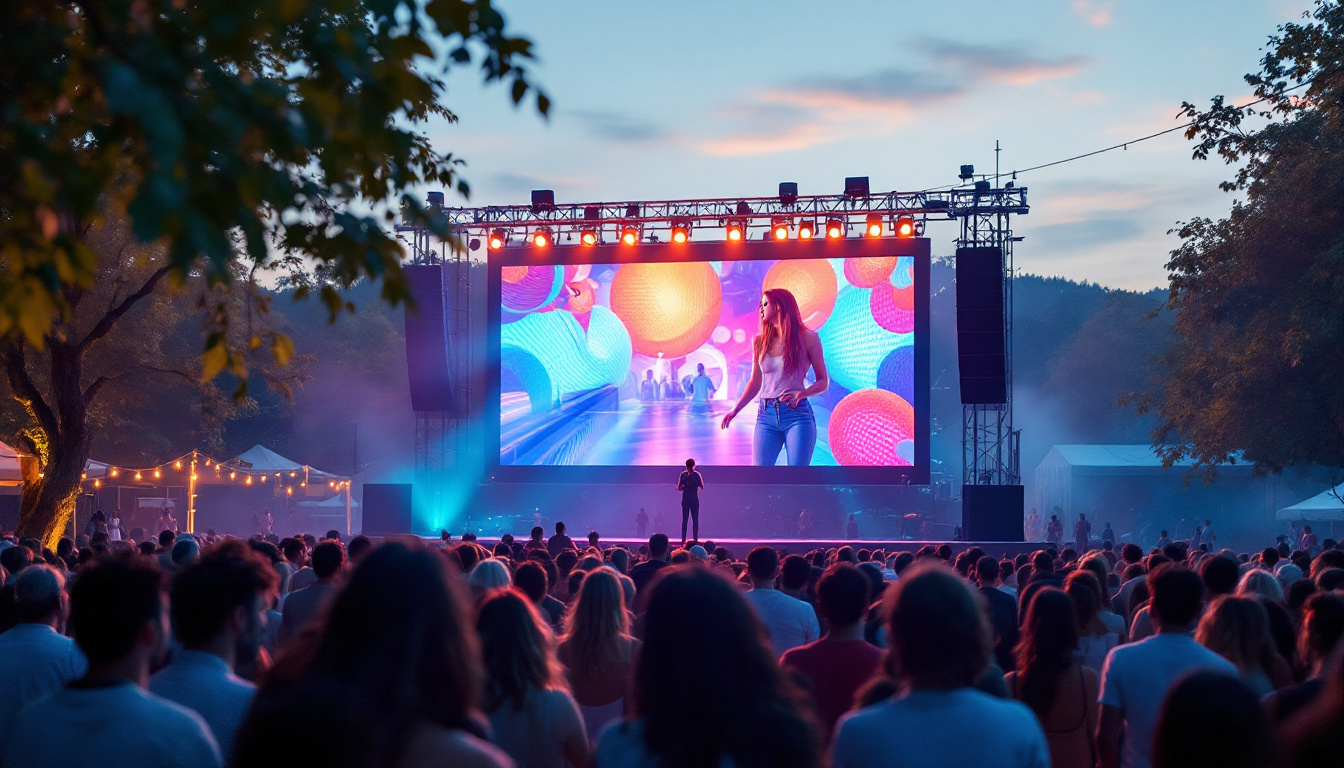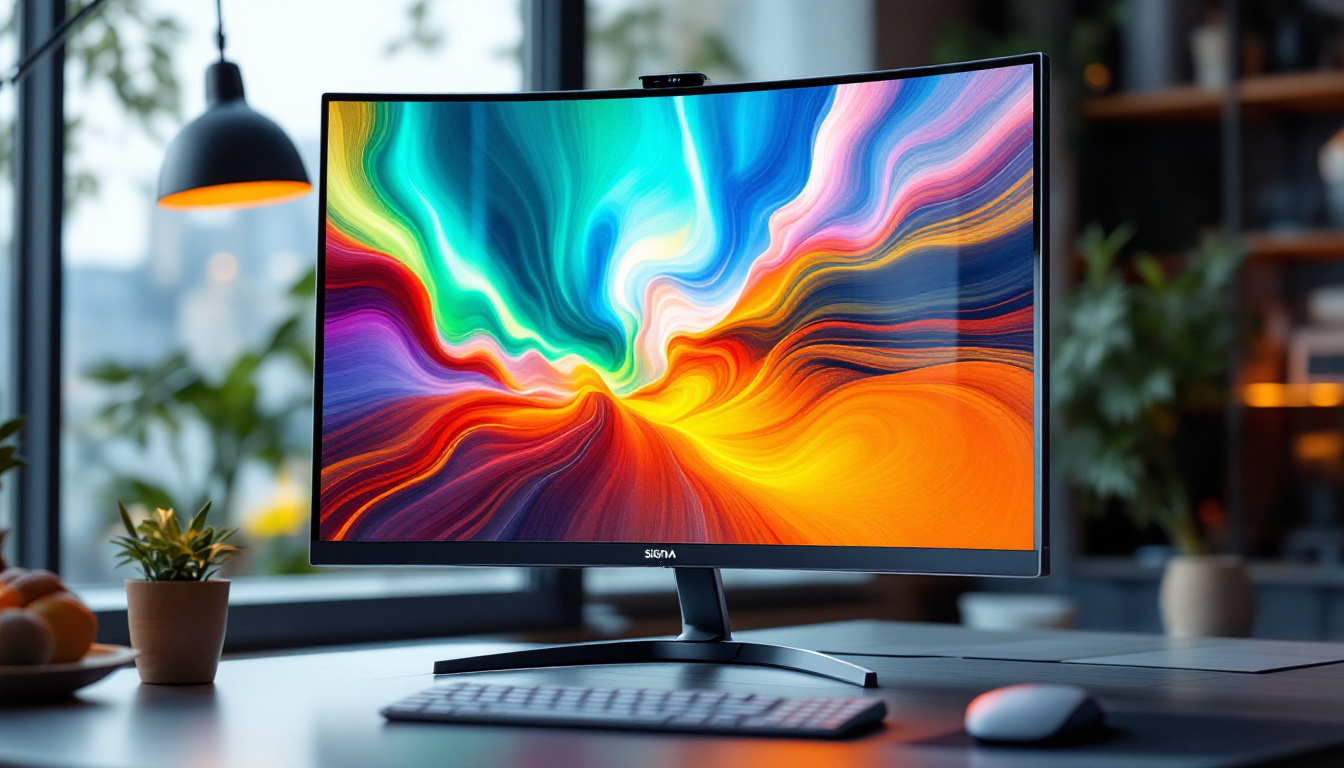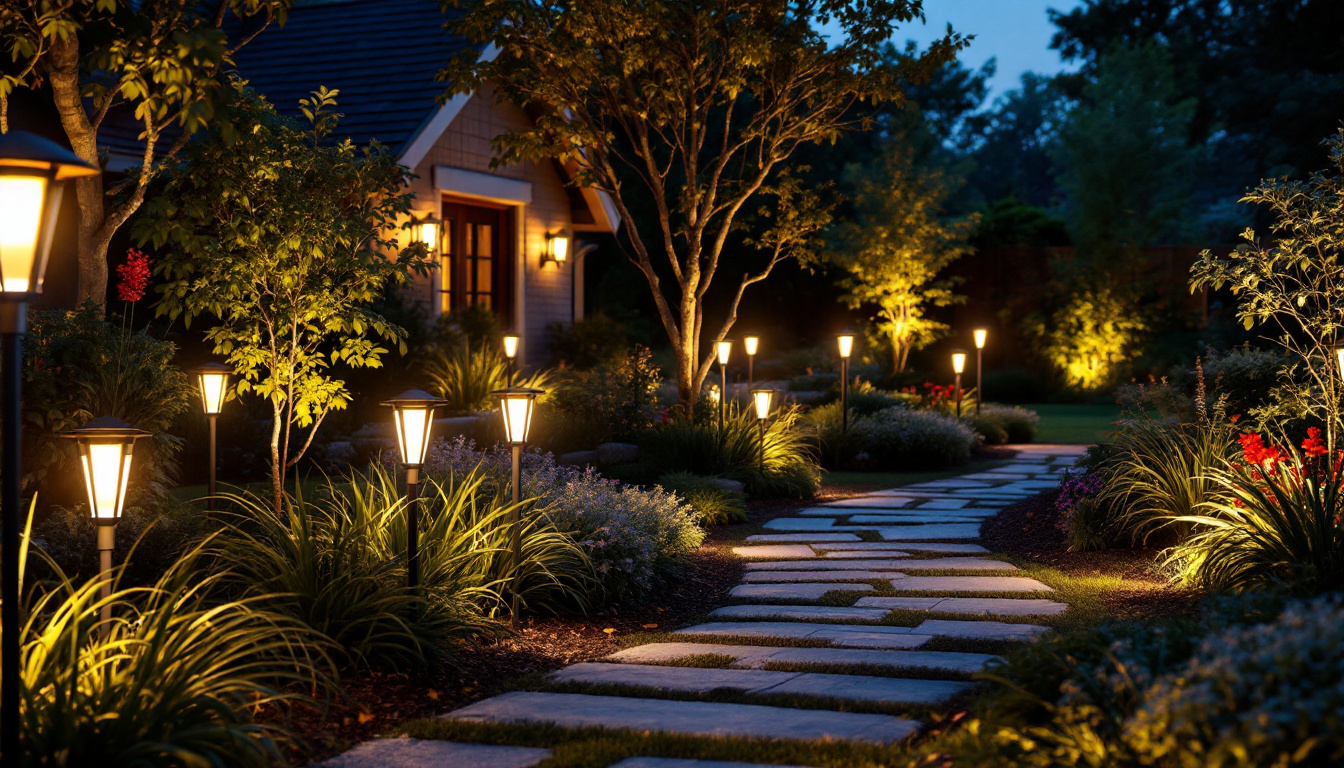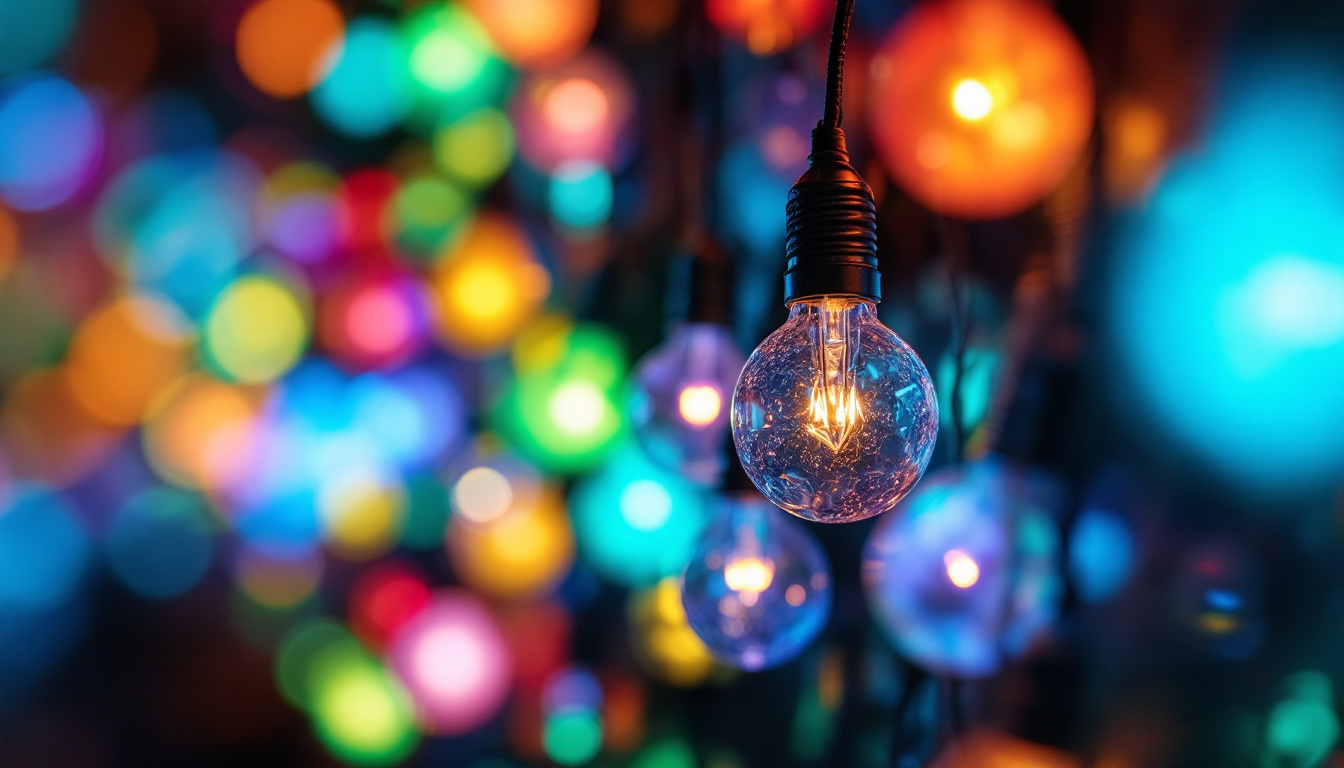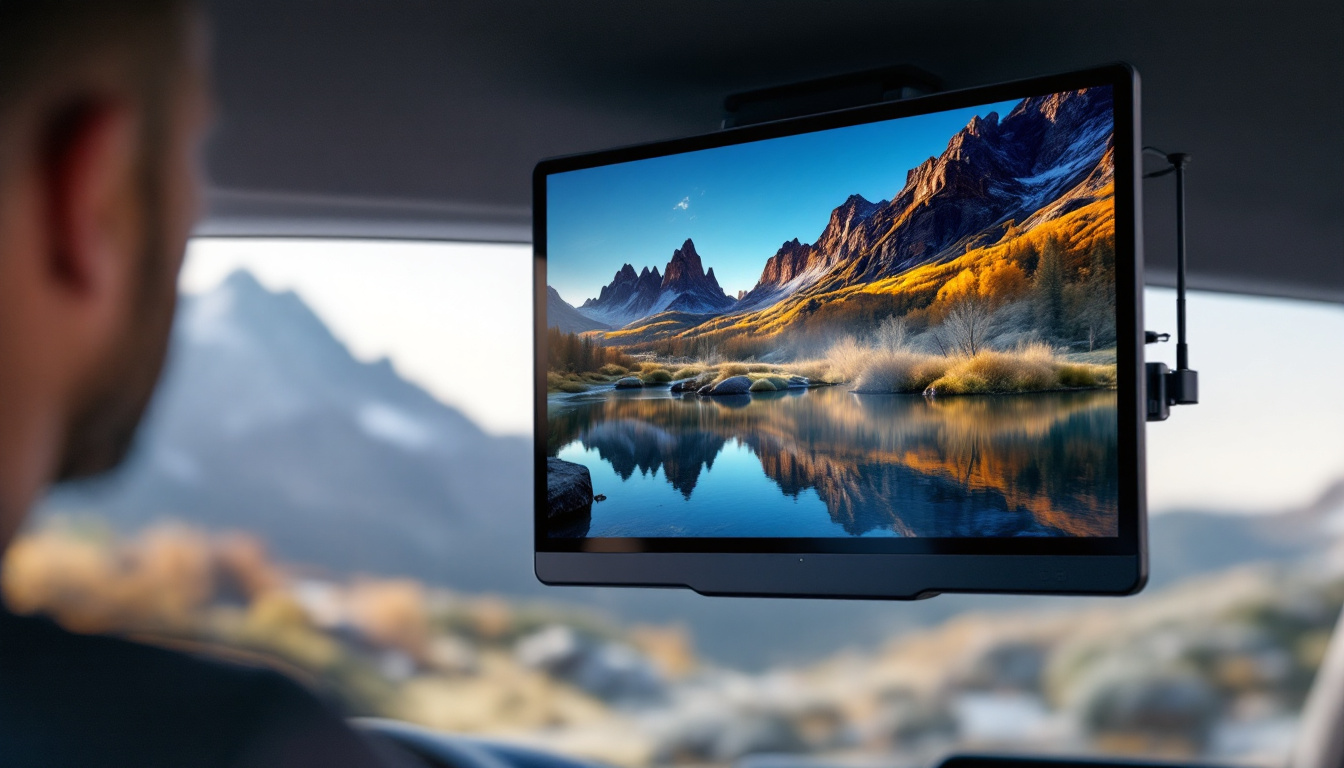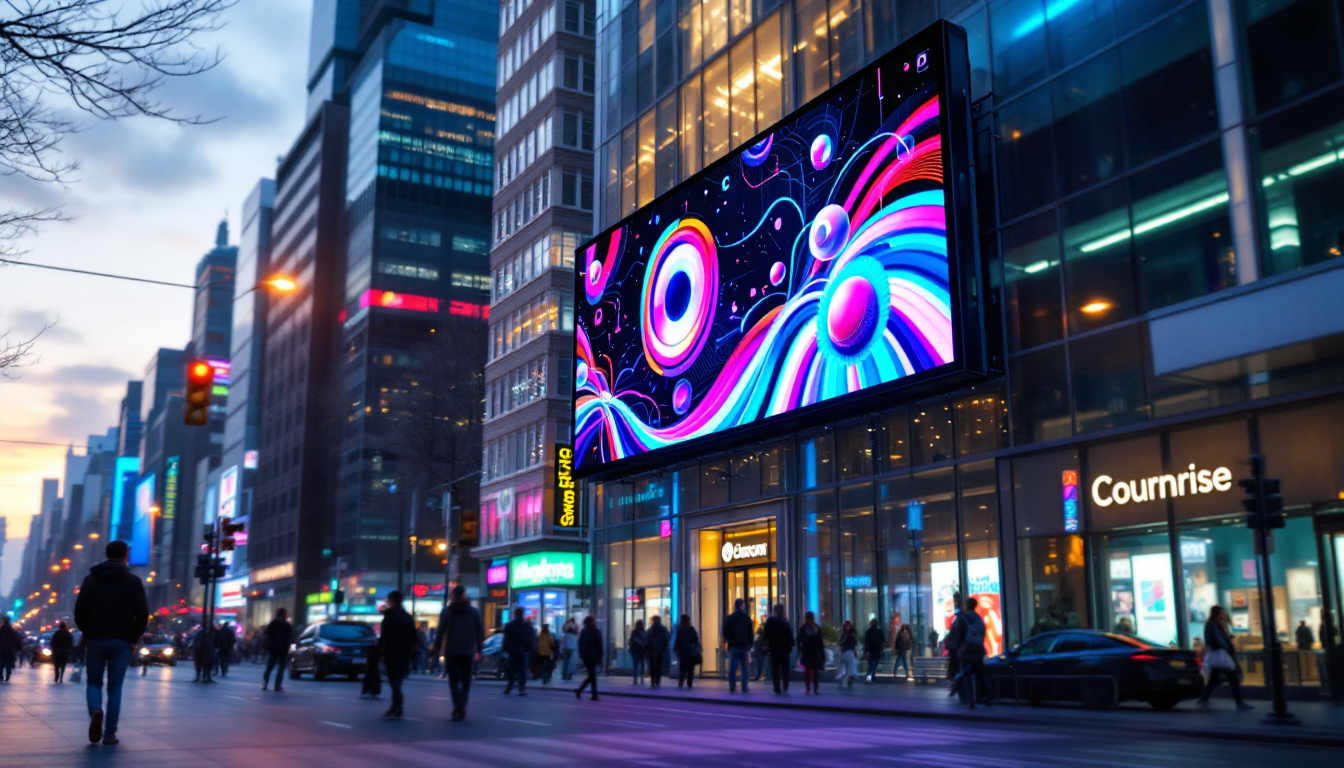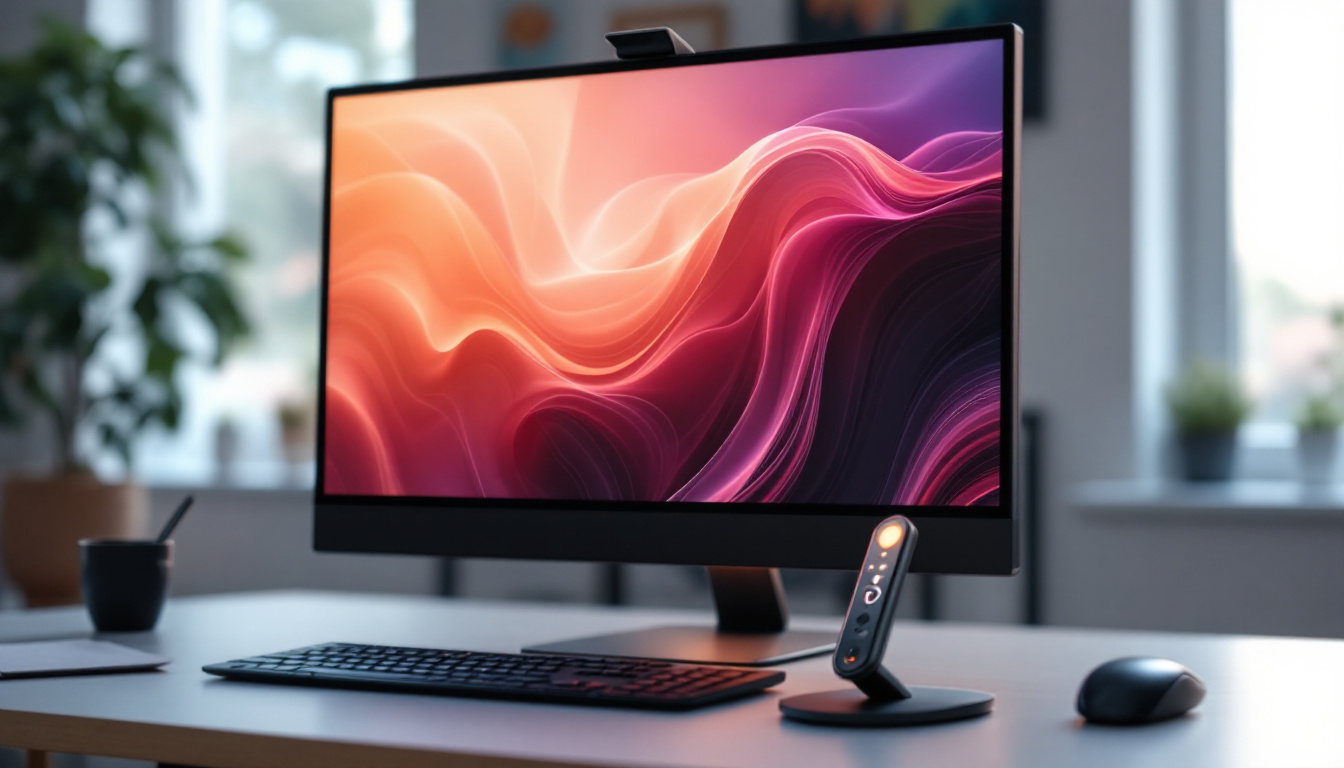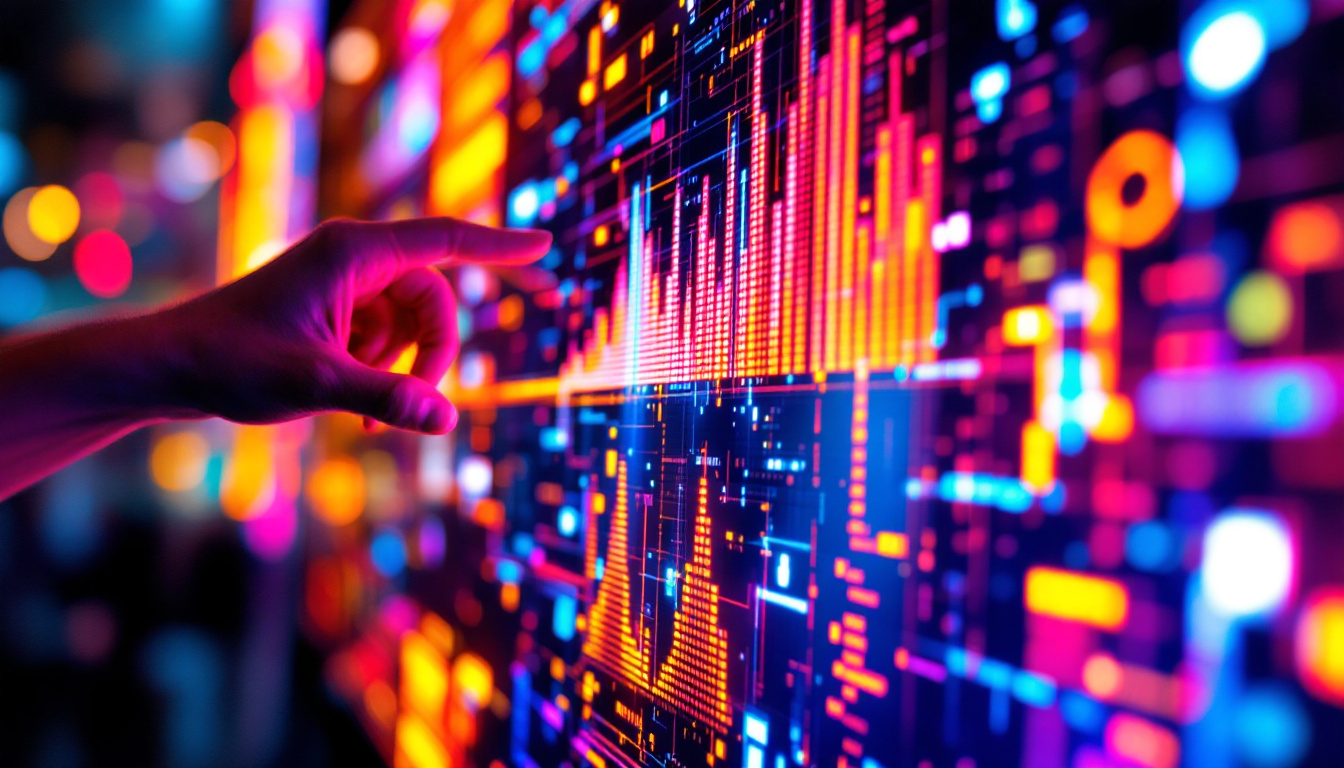In the realm of visual technology, the wall projector screen has emerged as a versatile solution for both personal and professional environments. This article delves into the intricacies of LED displays, exploring their functionality, advantages, and applications. Understanding how these technologies work together can enhance the viewing experience, whether for movies, presentations, or gaming.
Understanding Wall Projector Screens
Wall projector screens serve as the canvas for projected images, transforming any space into a viewing area. The choice of screen can significantly affect the quality of the projected image, making it essential to understand the different types available.
Types of Wall Projector Screens
There are several types of wall projector screens, each designed to cater to specific needs and environments. The most common types include fixed-frame screens, retractable screens, and portable screens. Fixed-frame screens are permanently mounted and provide a taut surface for optimal image quality. Retractable screens can be pulled down when needed and hidden away when not in use, making them ideal for multipurpose rooms. Portable screens are lightweight and easy to set up, perfect for on-the-go presentations.
Each type has its own set of advantages and disadvantages, which should be considered based on the intended use. For instance, fixed-frame screens often deliver superior image quality but require a dedicated space, while portable options offer flexibility at the expense of some image fidelity. Additionally, there are specialized screens designed for specific uses, such as ambient light rejecting (ALR) screens, which are engineered to minimize the impact of ambient light, making them suitable for bright environments like conference rooms or living areas with large windows.
Screen Material and Gain
The material of the projector screen plays a crucial role in image quality. Screens are typically made from vinyl, fabric, or specialized materials designed to enhance brightness and contrast. The concept of “gain” refers to how much light the screen reflects compared to a standard white board. A higher gain means a brighter image, which can be beneficial in well-lit environments.
However, a higher gain can also narrow the viewing angle, which may not be suitable for larger audiences. Therefore, understanding the environment where the screen will be used is vital in selecting the appropriate material and gain level. For example, a matte white screen with a gain of 1.0 provides a wide viewing angle and is ideal for home theaters, while a high-gain screen may be preferable in a business setting where the audience is directly in front of the screen. Furthermore, advancements in screen technology have led to the development of screens that can enhance color reproduction and reduce glare, offering even more options for users looking to optimize their viewing experience.
LED Displays: A Closer Look
LED displays have revolutionized the way visual content is presented. Unlike traditional projectors that rely on bulbs, LED technology utilizes light-emitting diodes to produce images. This section explores how LED displays function and their advantages over conventional projection systems.
How LED Displays Work
LED displays consist of a matrix of tiny light-emitting diodes that create images by varying the intensity of light emitted from each diode. This technology allows for high levels of brightness and color accuracy, making LED displays particularly effective in diverse lighting conditions.
In contrast to traditional projectors, which can suffer from image degradation over time, LED displays maintain consistent performance. They also have a longer lifespan, often lasting tens of thousands of hours before requiring replacement. This durability makes them a cost-effective choice in the long run.
Furthermore, the modular nature of LED displays enables them to be configured in various shapes and sizes, catering to a wide range of applications—from massive outdoor billboards to intimate indoor setups. This flexibility allows designers and businesses to create unique visual experiences that were previously unattainable with conventional display technologies.
Advantages of LED Displays
One of the primary advantages of LED displays is their ability to deliver vibrant colors and deep blacks, enhancing the overall viewing experience. Additionally, LED technology allows for thinner and lighter screens, making them easier to install and transport.
Moreover, LED displays are energy-efficient, consuming less power than traditional projection systems. This not only reduces operational costs but also contributes to a lower environmental impact, aligning with the growing emphasis on sustainability in technology.
In addition to their energy efficiency, LED displays offer superior viewing angles, ensuring that the image remains clear and vibrant from various perspectives. This characteristic makes them ideal for public spaces, where large crowds may gather to view content. The rapid refresh rates of LED technology also minimize motion blur, making them perfect for fast-paced video content, such as sports or action films, providing an immersive experience that captivates audiences.
Combining Wall Projector Screens with LED Technology
The integration of wall projector screens with LED technology can create a powerful visual experience. This combination allows users to enjoy the benefits of both systems, resulting in high-quality images that are suitable for various applications.
Enhanced Viewing Experience
When an LED display is used in conjunction with a high-quality wall projector screen, the result is a significantly enhanced viewing experience. The combination of LED brightness and the screen’s material properties can produce sharper images with greater detail and clarity.
This synergy is particularly beneficial in settings such as home theaters, conference rooms, and educational environments, where image quality is paramount. Users can enjoy movies, presentations, and lectures with a level of detail that captivates audiences and enhances engagement.
Installation Considerations
Installing an LED display with a wall projector screen requires careful planning. Factors such as room size, ambient light, and viewing distance must be considered to achieve optimal results. For instance, in a brightly lit room, a screen with a higher gain may be necessary to counteract the effects of ambient light.
Additionally, the installation process should ensure that the screen is positioned at the correct height and angle for viewing. This may involve mounting the screen on the wall or using a ceiling-mounted projector, depending on the layout of the space.
Applications of Wall Projector Screens with LED Displays
The versatility of wall projector screens combined with LED displays makes them suitable for a wide range of applications. From home entertainment to corporate presentations, these technologies can adapt to various needs and environments.
Home Entertainment
In home entertainment, the combination of a wall projector screen and LED display can create a cinematic experience that rivals commercial theaters. high-definition movies, sports events, and gaming can be enjoyed on a grand scale, providing an immersive experience that enhances enjoyment.
Moreover, as streaming services continue to rise in popularity, having a reliable setup for viewing content at home has become increasingly important. The clarity and brightness of LED displays make them ideal for showcasing the latest films and series, ensuring that every detail is visible.
Corporate Presentations
For corporate environments, effective communication is crucial. Wall projector screens paired with LED displays can significantly enhance presentations, making it easier to convey complex information to clients and colleagues. The vibrant colors and sharp images help maintain audience attention, leading to more impactful meetings.
Additionally, the flexibility of these setups allows for easy integration with various devices, including laptops, tablets, and smartphones. This adaptability is essential in modern workplaces, where technology plays a pivotal role in collaboration and communication.
Educational Settings
In educational settings, the use of wall projector screens and LED displays can transform the learning experience. Teachers can present engaging visual content that enhances understanding and retention of information. Interactive lessons become more dynamic, encouraging student participation and collaboration.
Furthermore, the durability and low maintenance of LED displays make them an excellent choice for schools and universities, where technology needs to withstand frequent use. This investment in quality equipment can lead to improved educational outcomes and a more engaging learning environment.
Future Trends in Wall Projector Screens and LED Displays
The future of wall projector screens and LED displays is bright, with continuous advancements in technology promising even more exciting developments. As consumer demands evolve, manufacturers are innovating to meet new expectations.
Advancements in Technology
One of the most significant trends is the development of ultra-high-definition (UHD) and 8K resolution displays. These advancements offer unprecedented clarity and detail, making them ideal for applications where image quality is paramount. As content becomes available in higher resolutions, the need for compatible display technology will grow.
Additionally, improvements in color accuracy and brightness levels are expected to enhance the viewing experience further. Technologies such as quantum dot displays and mini-LED backlighting are already making waves in the industry, promising richer colors and enhanced contrast ratios.
Integration with Smart Technology
Another trend is the integration of smart technology into wall projector screens and LED displays. Features such as built-in streaming capabilities, wireless connectivity, and smart assistants are becoming increasingly common. This integration allows for seamless access to content and enhances user convenience.
As smart home technology continues to gain traction, the ability to control displays through voice commands or mobile apps will likely become a standard feature. This evolution will further enhance the user experience, making it easier to enjoy content in a variety of settings.
Conclusion
The combination of wall projector screens and LED displays represents a significant advancement in visual technology. By understanding the intricacies of each component, users can make informed decisions that enhance their viewing experience, whether at home, in the workplace, or in educational settings.
As technology continues to evolve, the potential for even more innovative applications and improvements remains vast. Embracing these advancements can lead to richer, more engaging visual experiences that cater to the diverse needs of modern audiences.
In summary, the integration of wall projector screens with LED technology not only improves image quality but also opens up new possibilities for entertainment, communication, and education. As consumers and businesses alike seek to maximize their visual experiences, investing in these technologies will undoubtedly yield rewarding results.
Discover LumenMatrix LED Display Solutions
Ready to elevate your visual experience with the latest in LED display technology? Look no further than LumenMatrix, a pioneer in crafting immersive LED display modules tailored for any setting. Whether you’re seeking to captivate your audience with an Indoor LED Wall Display, make a statement with an Outdoor LED Wall Display, or innovate with Custom LED Display options, LumenMatrix has the solution to bring your vision to life. Embrace the future of visual communication and check out LumenMatrix LED Display Solutions today to transform your space into a dynamic and engaging environment.

